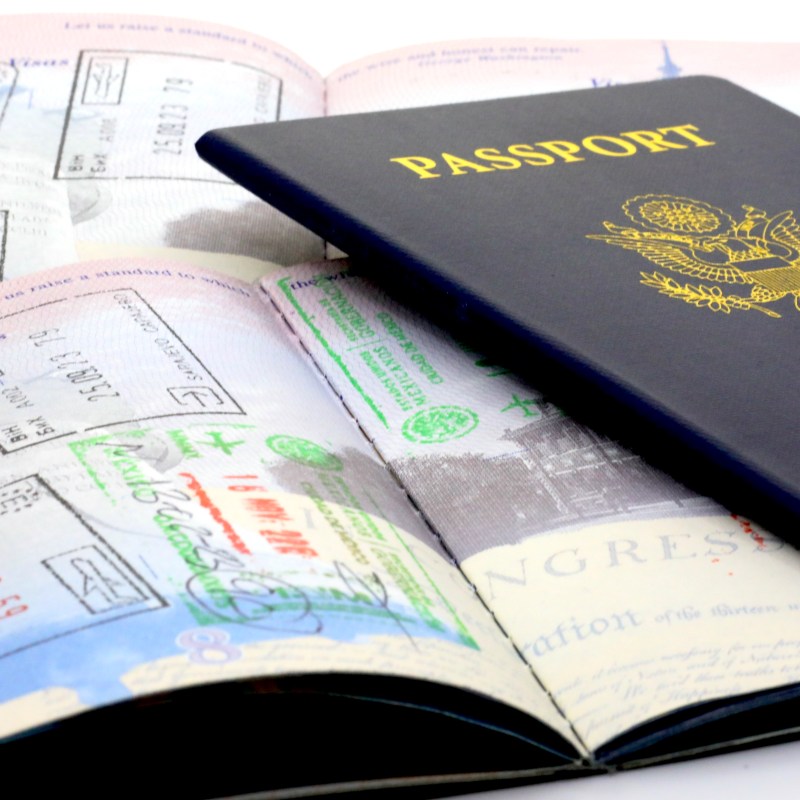
Do you keep hearing about ETIAS forms in the European travel space?
Videos by TravelAwaits
ETIAS stands for European Travel Information and Authorization System, which is a new program that a network of countries is using to vet travelers heading into the Schengen Zone.
It’s been a long time coming, having first been announced in 2021 before new details emerged last year. Despite the updates, there’s still plenty of confusion surrounding the scope of ETIAS.
What is the purpose of the new program? Is it an actual visa or some other type of requirement? And how can Americans heading to Europe make sure they’re meeting ETIAS requirements?
Most importantly… is it actually up and running?
Don’t worry—the answers are simpler than you think. Here’s what you need to know about ETIAS for your 2025 travels.
What is ETIAS and why is it required now?
At its simplest, ETIAS is designed to streamline and simplify travel in the Schengen Zone. Keep in mind that the Schengen Area is slightly different than the European Union. Schengen is designed to make border-crossing easier between neighboring European countries—whether or not they’re part of the EU.
ETIAS is a new system that vets travelers who enter Schengen. Similar to the US’s new Real ID requirements, the goal is to boost security while streamlining things like risk assessment via background checks. When you apply for an ETIAS, you are not applying for a visa—you are simply declaring your nationality, and the purpose of your visit, and paying a small fee.
ETIAS is set to go live in the coming months. However, it’s been delayed for years at this point. Keep reading to learn how ETIAS should work in case it does launch this year.
Who needs to apply for an ETIAS?
All Americans heading to Europe for vacation need to apply for ETIAS. You can apply after you’re done planning your trip, as you need to provide details about where you’re going to stay, how long, and similar details.
But try to plan your trip as far ahead as possible—some sources recommend leaving three months for you to get that ETIAS approval in case there are any delays or follow-ups. You must receive approval at least 96 hours before you depart.
Each ETIAS submission is valid for three years (unless you get a new passport). Additionally, if your application is denied, you have the right to launch an appeal. Lastly, I want to clarify that because the UK isn’t part of Schengen, you don’t need to bother with an ETIAS to enter the country.
While it might sound like a lot of rigamarole, the process is very straightforward. Again, the goal is to simply collect information on all foreign citizens who enter Schengen in order to streamline security and identification processes.
How can Americans apply? And how long does it take to get approved?
You can complete the whole ETIAS application online. To do so, you need a valid passport, your updated travel information, details for your trip, and a bank card or digital wallet to pay the application fee (it’s less than $10).
If you’ve been reading carefully, this process probably sounds pretty elaborate and stressful. In reality, the vast majority of ETIAS applications will be processed and approved within 72 hours once the program is up and running.
At the moment, the launch date of ETIAS is set for mid-2025; it can’t launch until participating countries have set up the new Entry Exit System (EES).
